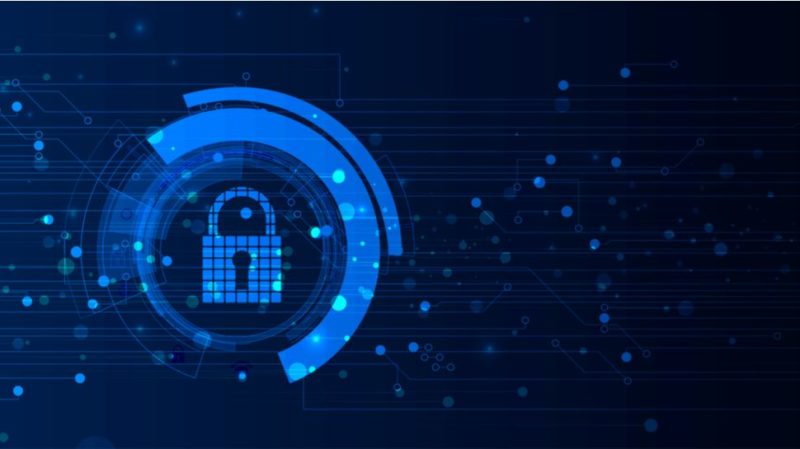With a significant uptick in data breaches, protecting your business with adequate endpoint security is critical. These devices include workstations, laptops, mobile phones, and other point-of-sale (POS) systems.
These are the gateways to your network, making them a prime target for hackers. Adequate endpoint protection detects and blocks known and unknown threats without interrupting user productivity.
Network Security
If your business operates on a network, securing its devices requires protection. These include laptops, fax machines, printers, and even smart devices like home assistants often used for work.
As cybercriminals develop new ways to breach networks and steal private information, businesses of all sizes need reliable endpoint security solutions. Smaller companies may think they’re too small to be targeted, but cybercriminals are looking for devices that can connect to their networks.
Modern endpoint security tools integrate with network security to provide enhanced detection and response. They also share threat information collected and analyzed locally with global threat feeds. This enables your security tools to identify and respond to threats faster and more accurately. This saves your IT team time and improves the efficiency of your business security operations.
Patching
Patching helps to strengthen your digital security and minimize downtime. In addition, patches can also offer new features and benefits that help your business operate more efficiently. They can also help you to stay compliant with industry and government regulations.
The digital world constantly evolves, and cyber threats are becoming more complex. This is why you need a solution that keeps up with the latest advancements in cybersecurity. Modern endpoint protection combines IT management and patching, as well as threat scanning, in one.
It is essential to understand that no single strategy or technology can protect your entire universe of endpoint devices from all threats. This is because different technologies provide overlapping capabilities and may cause conflicts that could leave your network vulnerable to attack or degrade system stability. This is why choosing an endpoint protection solution offering a central console for patch deployment and reporting is essential.
Antivirus
The antivirus protection component of an endpoint security solution identifies, investigates, and resolves threats on devices that connect to the business network. This includes PCs, laptops, and tablets that employees use to work from home or on the go, as well as a variety of other machines, including IoT sensors, POS systems, printers, and servers.
Traditional antivirus programs protect computers and devices against known malware attacks. However, as hackers continue developing advanced techniques, more than one AV solution is needed.
This is where a comprehensive endpoint security solution shines. It incorporates next-generation antivirus software with other advanced technologies to provide proactive defense against the latest threats. The unified architecture of an endpoint security solution also makes it easier to deploy updates and monitor multiple points simultaneously, which reduces overall risk. In addition, the answer may include privilege management capabilities that enable businesses to limit user access to the bare minimum of required resources to get the job done.
Antimalware
Endpoint security solutions protect devices connected to a network from malware threats. These may include a firewall, antivirus software, and intrusion detection and prevention systems. Enterprise solutions are designed for businesses and offer more centralized monitoring and protection than consumer endpoint security.
These tools may include a secure email gateway that monitors emails for cyber threats and sandboxing, which uses virtual environments to test software in a controlled way before allowing it on the company’s system. They also provide threat intelligence feeds, which help keep the solution updated with the latest cyber threats and enable granular application control.
Despite these technologies’ best efforts, they cannot stop every threat. For instance, many cyber attacks rely on privileged access to gain a foothold on the network. This is a type of attack called lateral movement. However, a robust endpoint security solution can reduce the number of unused and unnecessary privileges on an organization’s devices.
Data Loss Prevention
Endpoint security protects devices like laptops, desktop PCs, mobile devices, and servers that connect to an enterprise network from cybersecurity threats. These threats include malware that could steal or destroy sensitive information, attack infrastructures, or cause financial damage, as well as unauthorized access to an organization’s data.
With modern tools, enterprises can protect their networks and data against these threats by sharing threat information across a company’s systems. This enables them to create security policies that will block the use of specific applications or prevent file transfers or access to sensitive information depending on how the enterprise classifies it.
In addition, modern endpoint protection solutions can provide data loss prevention for your business by monitoring the activity of each device and preventing users from uploading mission-critical information to external devices or services such as cloud storage or email. These tools can also alert users to suspicious activities with on-screen notifications and allow them to override policies by providing a business justification.
Endpoint Control
Endpoint security covers any device that connects to a company network. This includes laptops, mobile devices, servers, PCs, and IoT machines. They are lucrative entry points for hackers looking to access business systems and steal data.
Traditional antivirus and antimalware solutions have been companies’ most popular forms of endpoint protection. But as cyber threats have become more sophisticated, so too have the tools to protect against them. Next-generation AV tools use machine learning (ML) and advanced analytics to remove new forms of malware, including ransomware.
A secure email gateway (SEG) helps protect against cyber threats entering the organization via email. It monitors emails and checks links and attachments for suspicious activity. It also uses sandboxing to create an environment that mimics the original application on an endpoint to redirect any threats and isolate them from sensitive areas of the network, protecting against evolving zero-day attacks.












